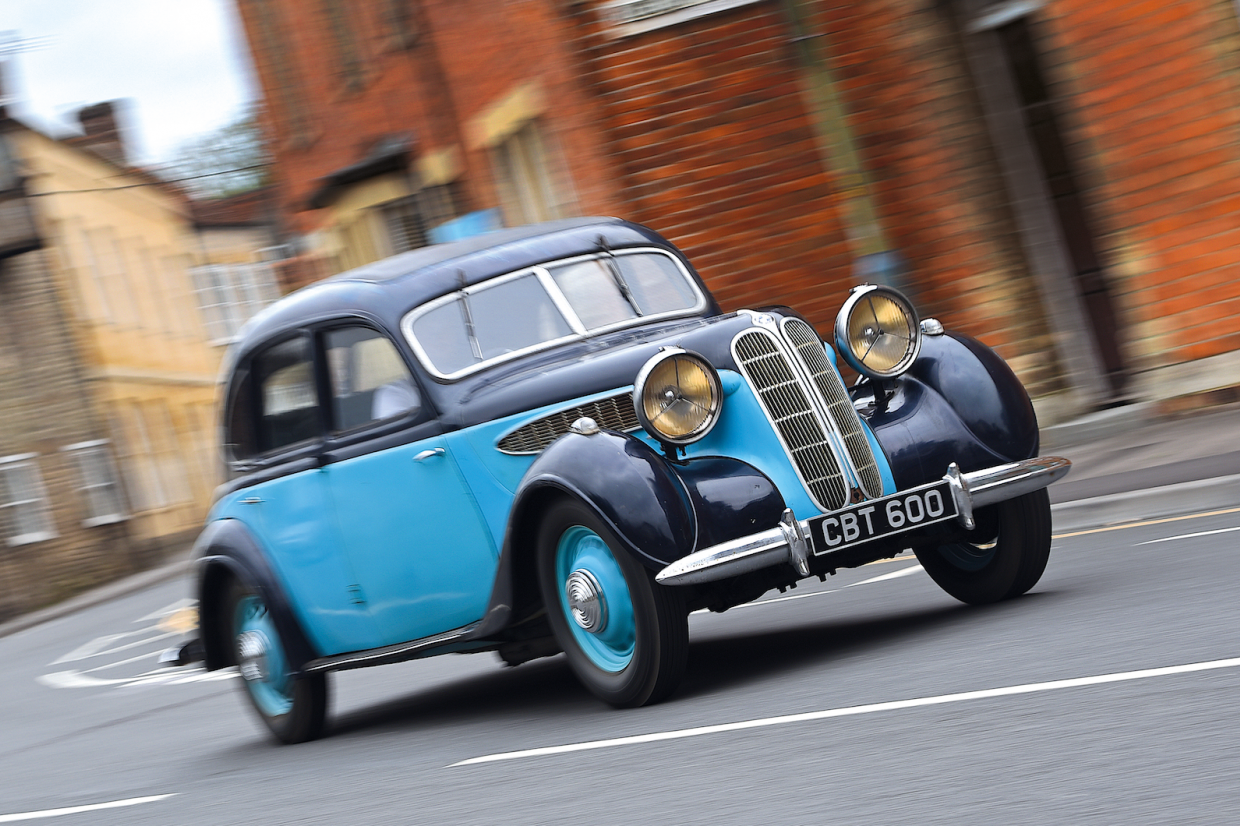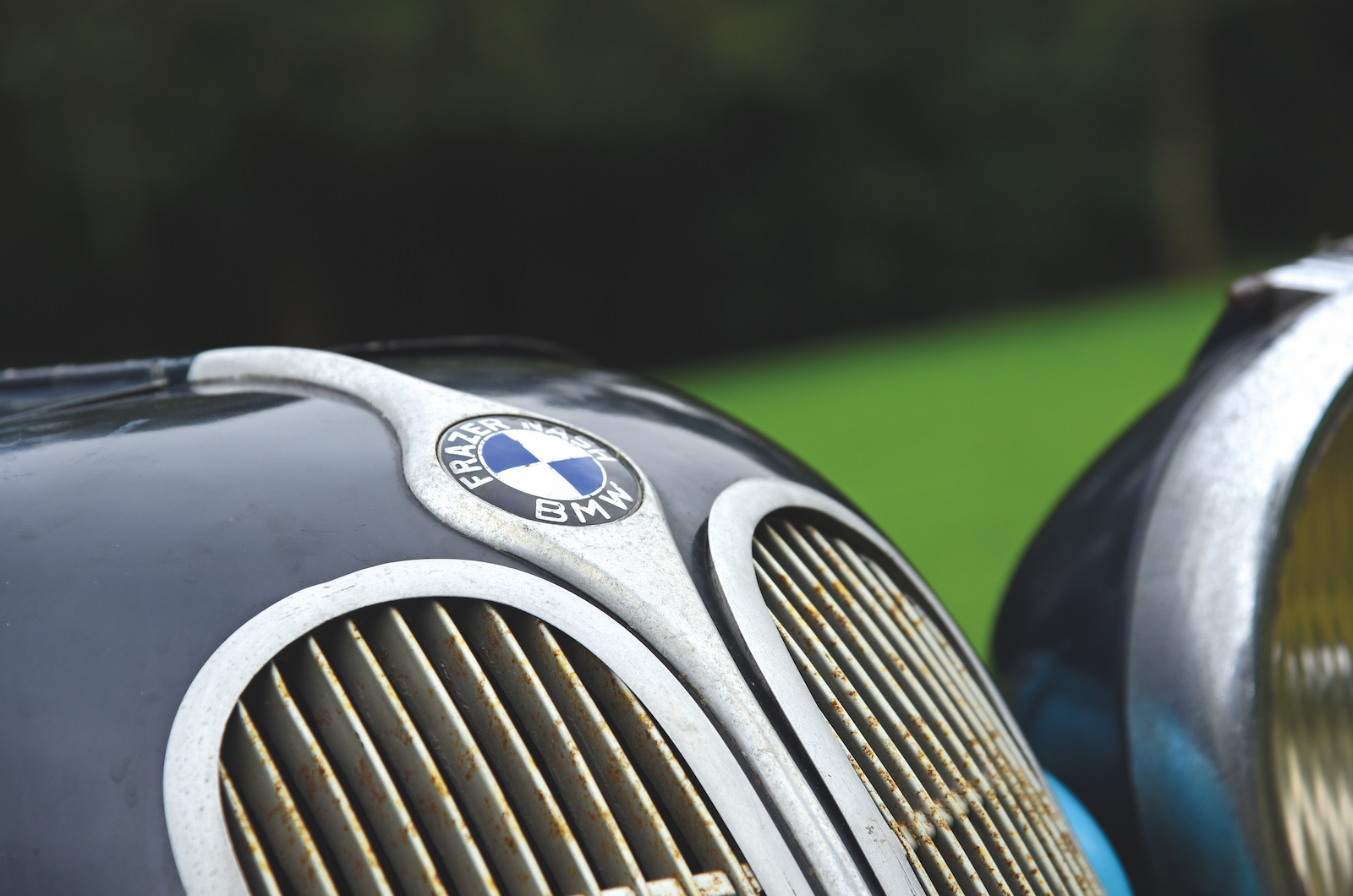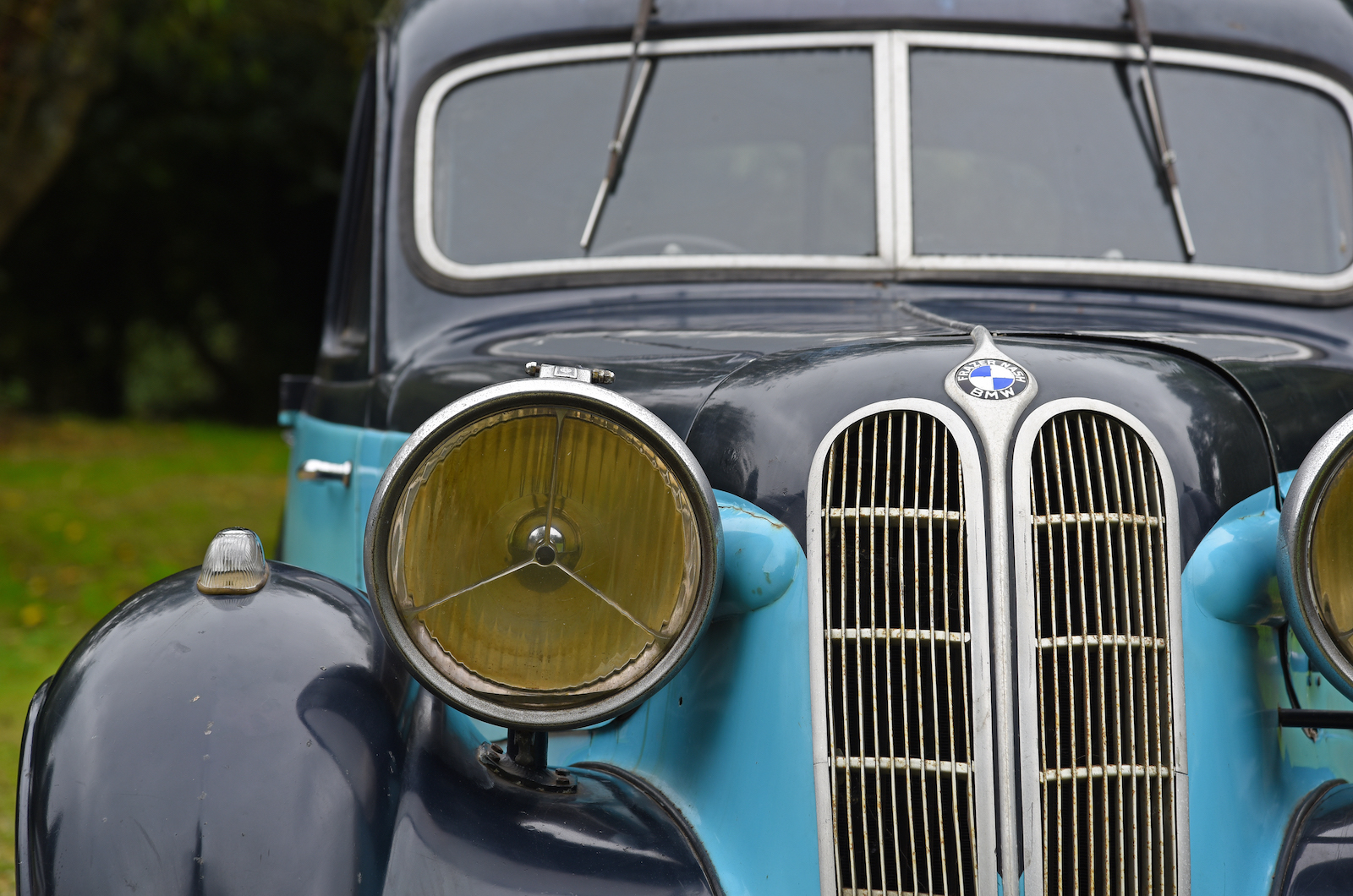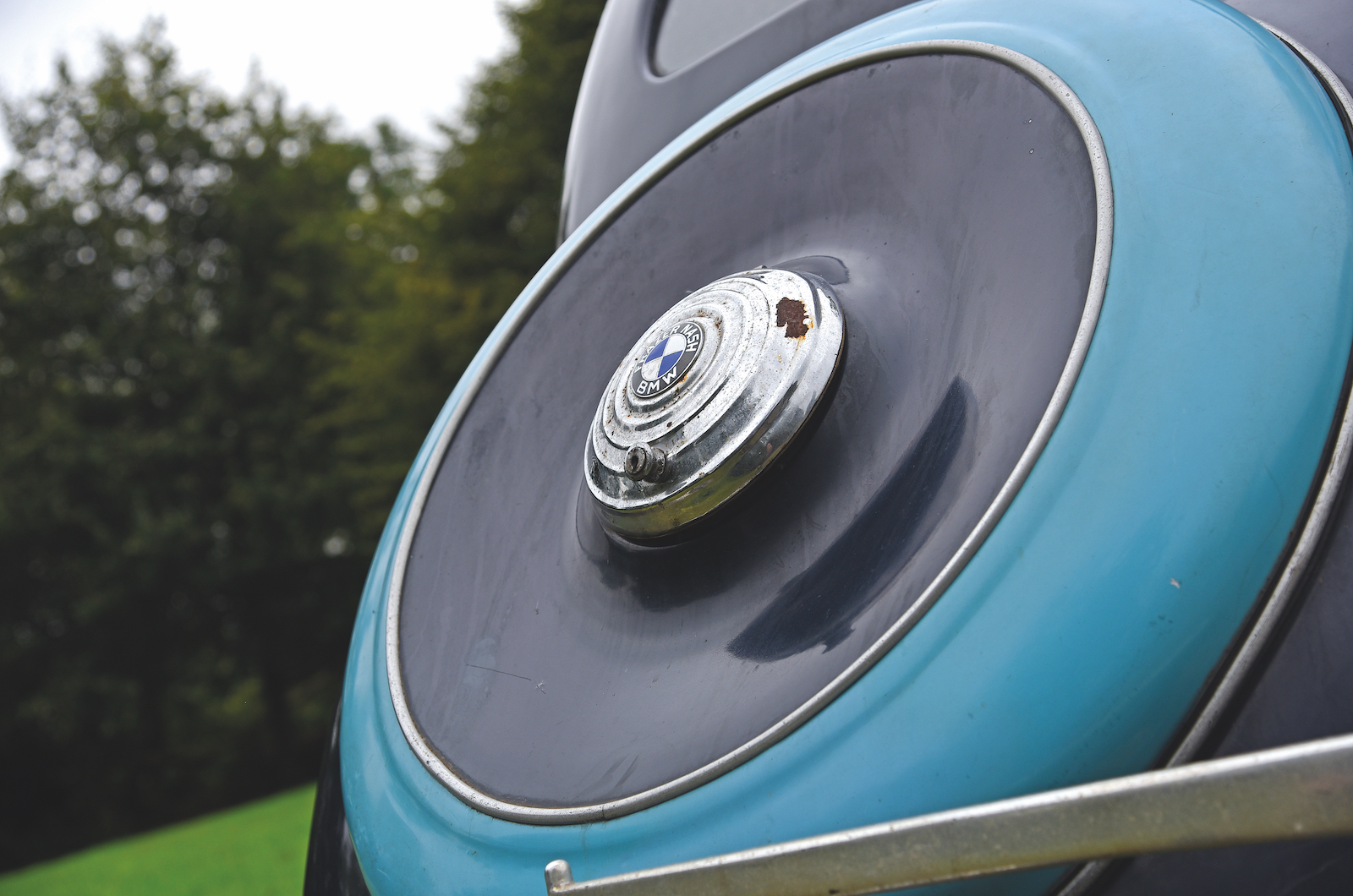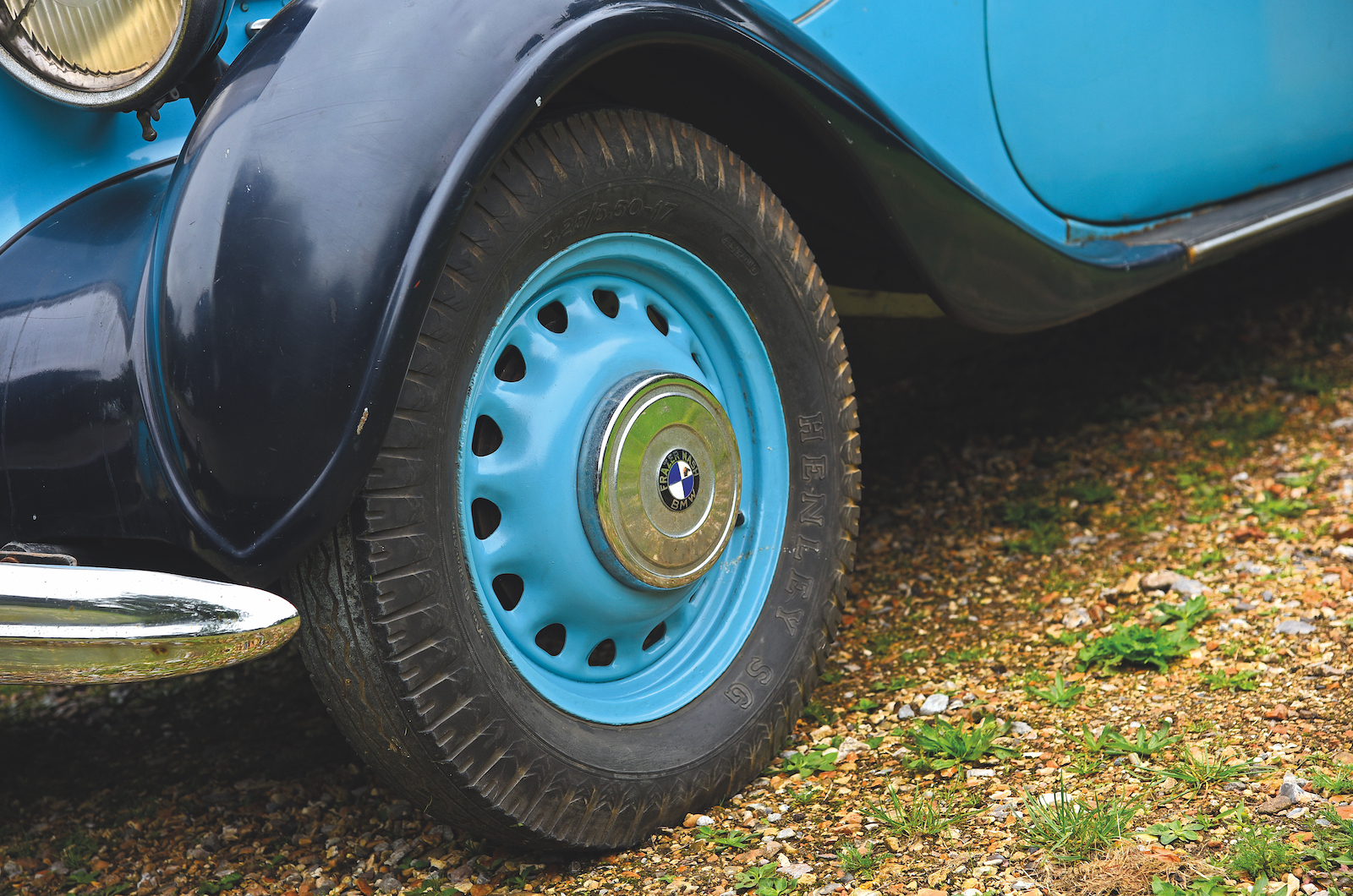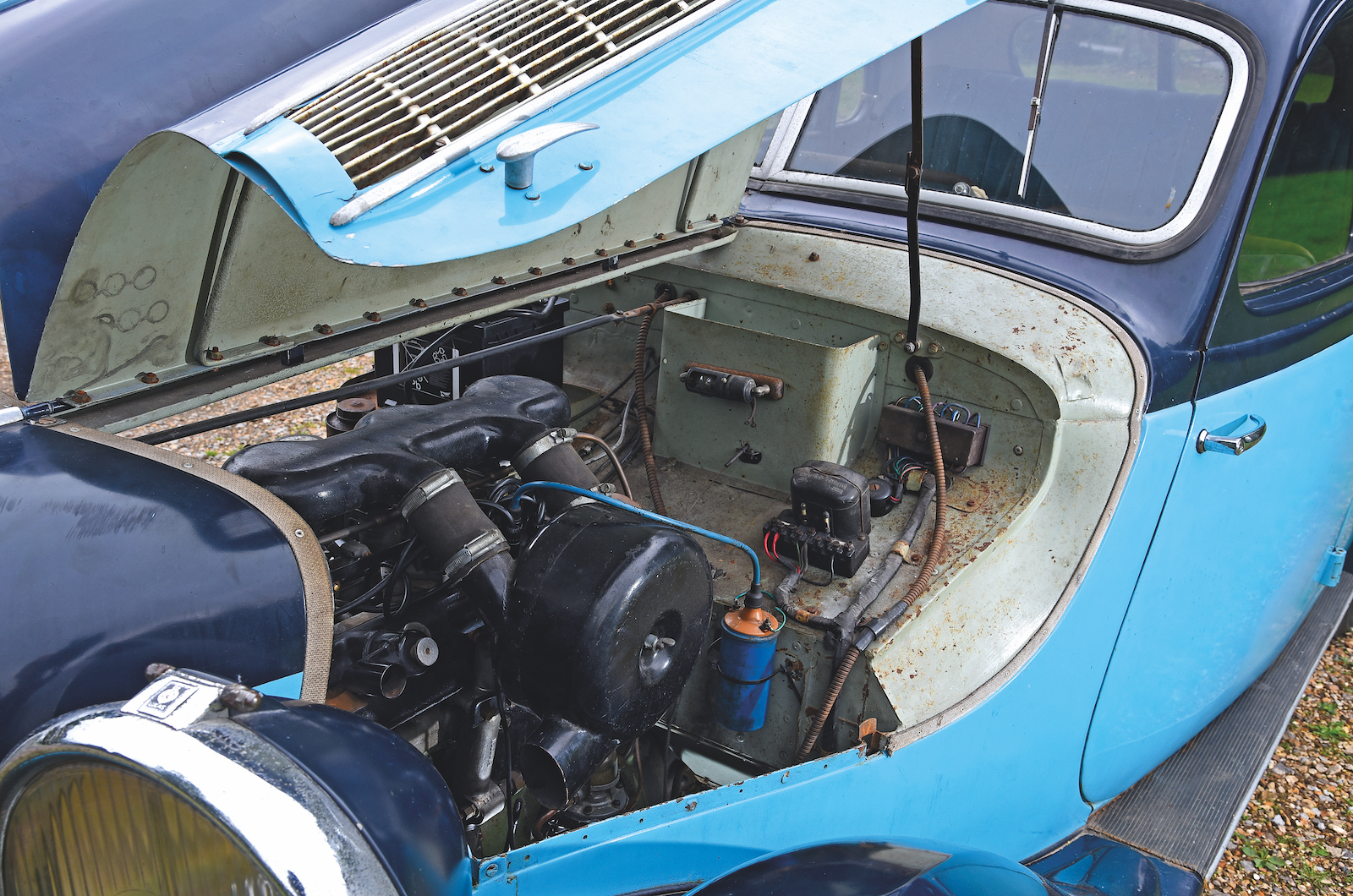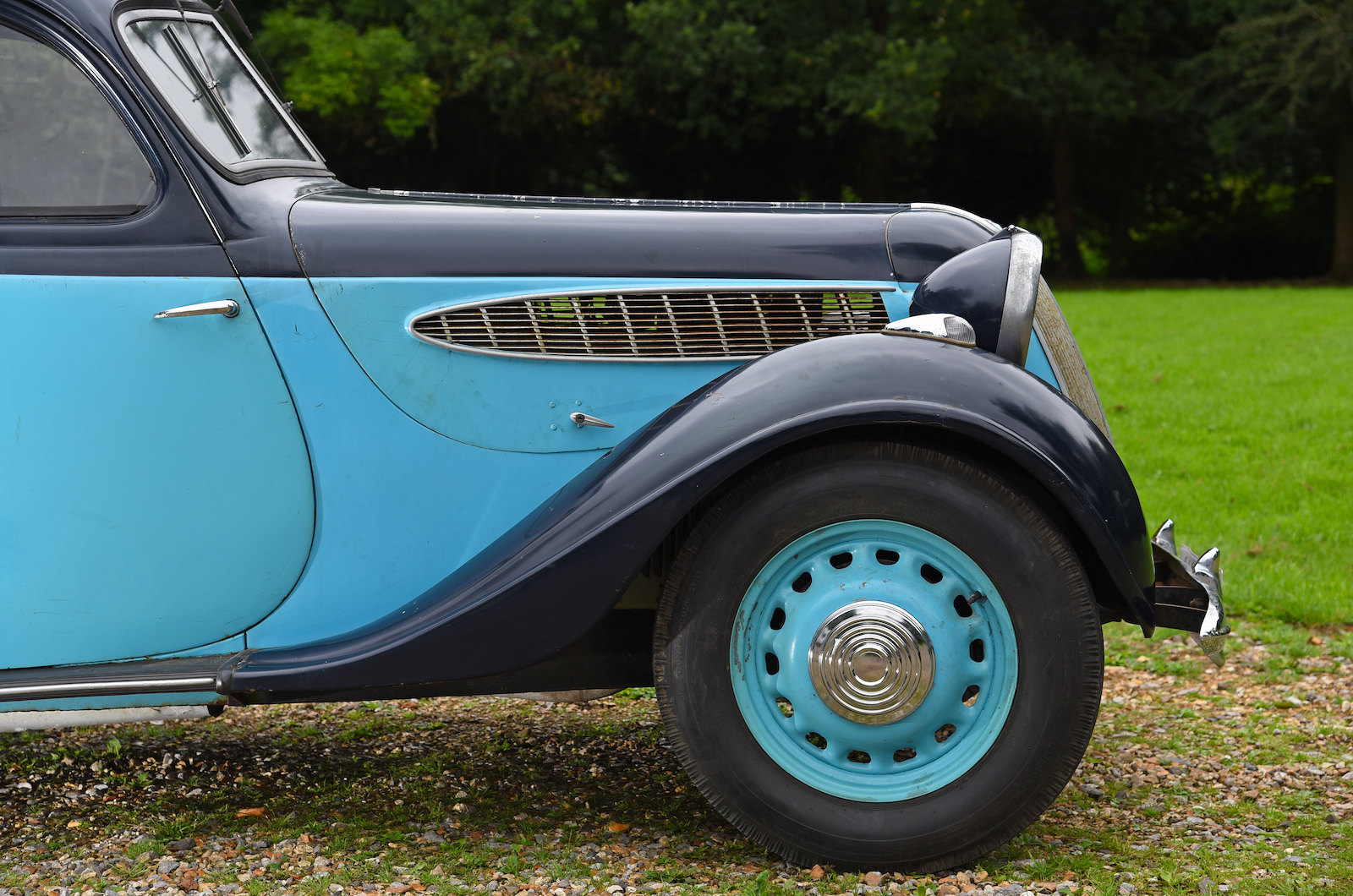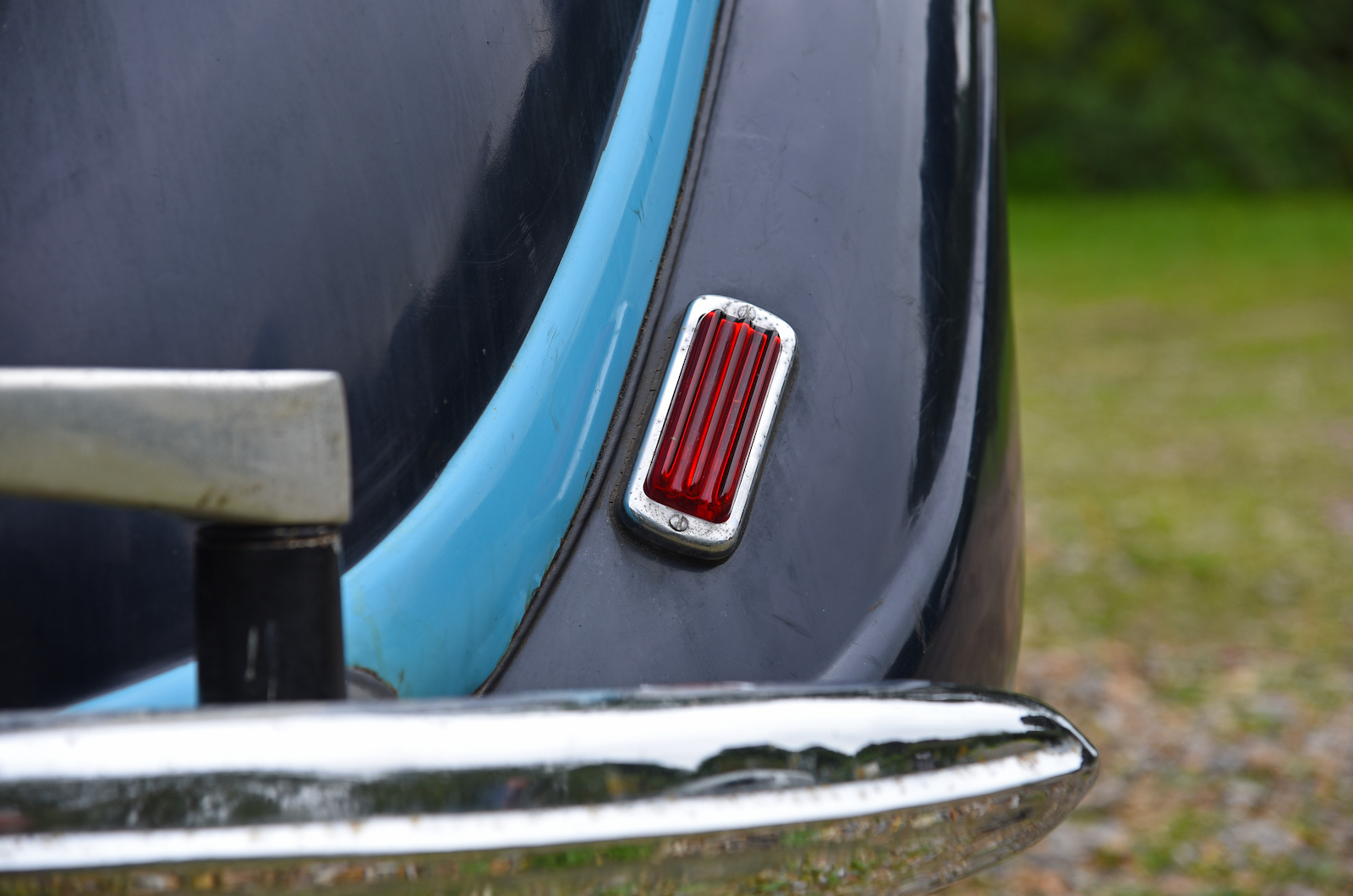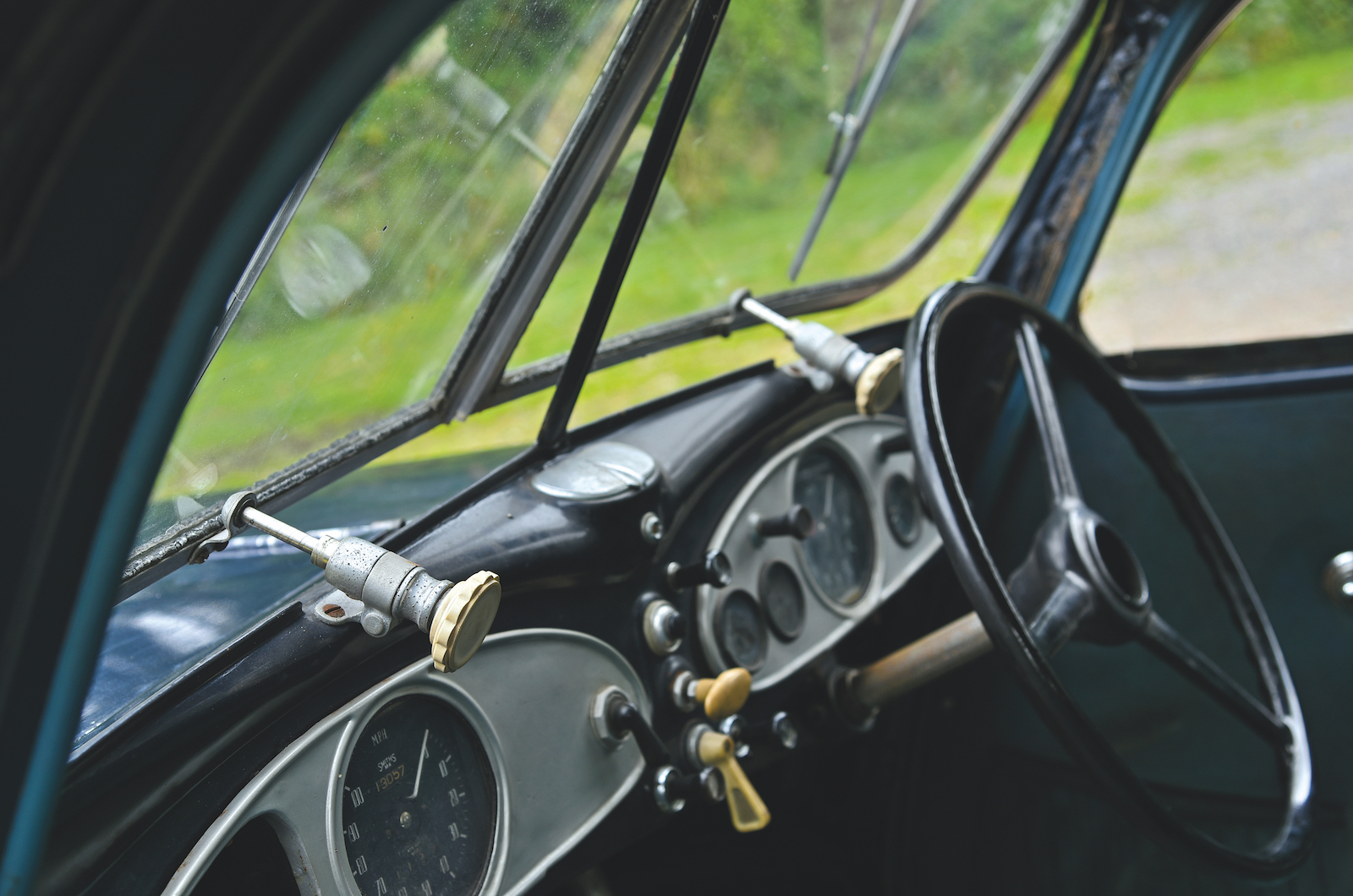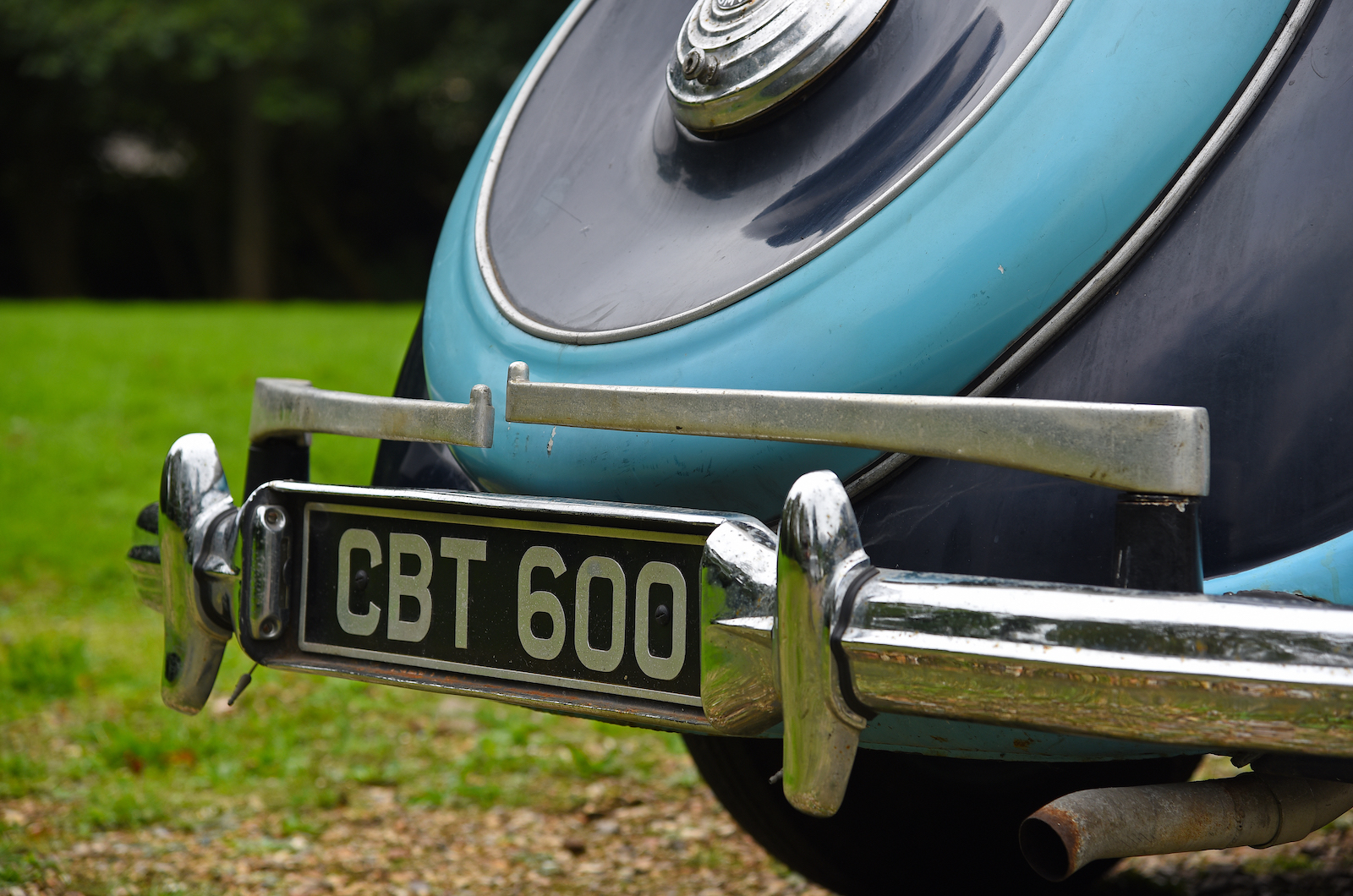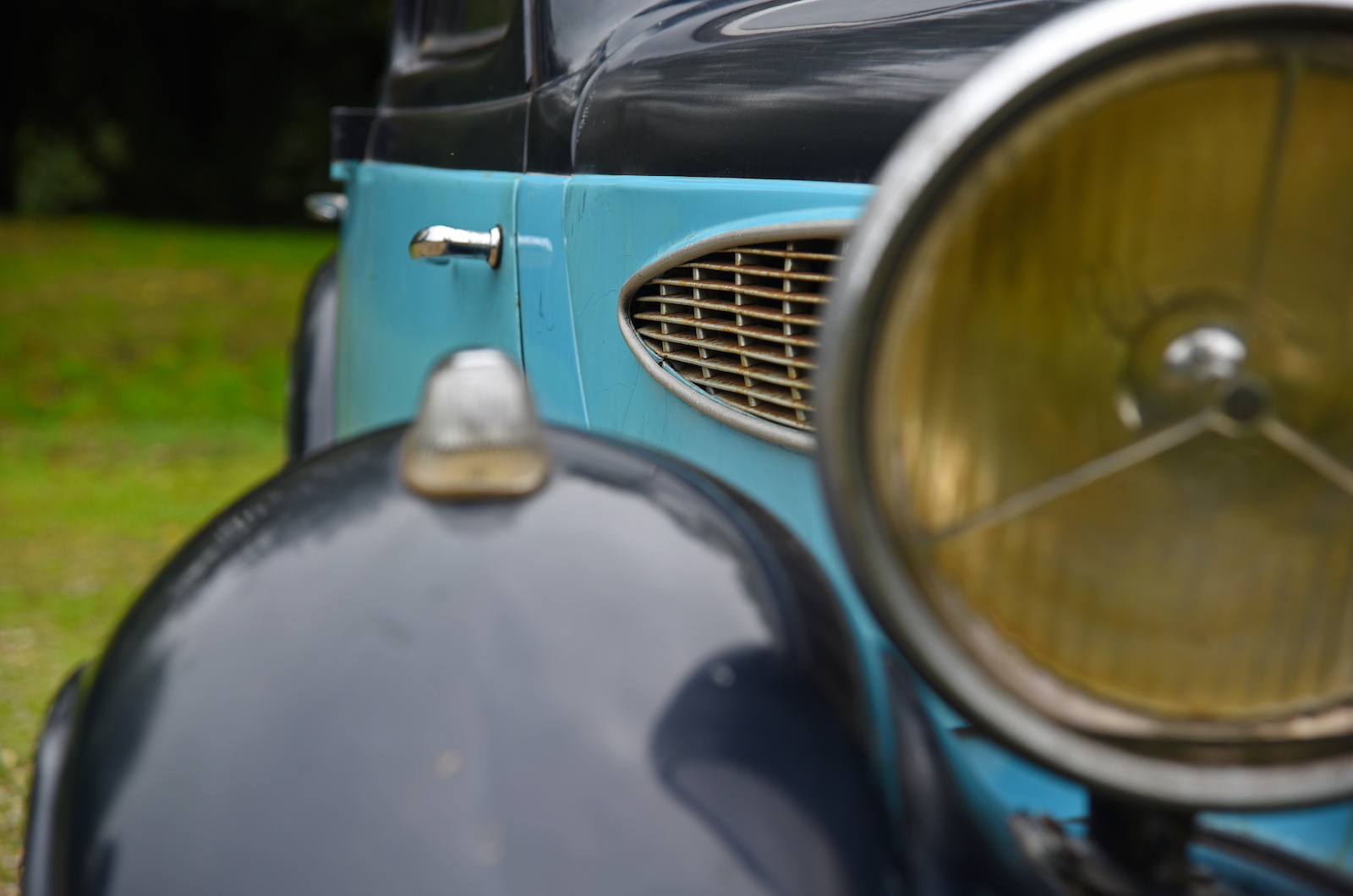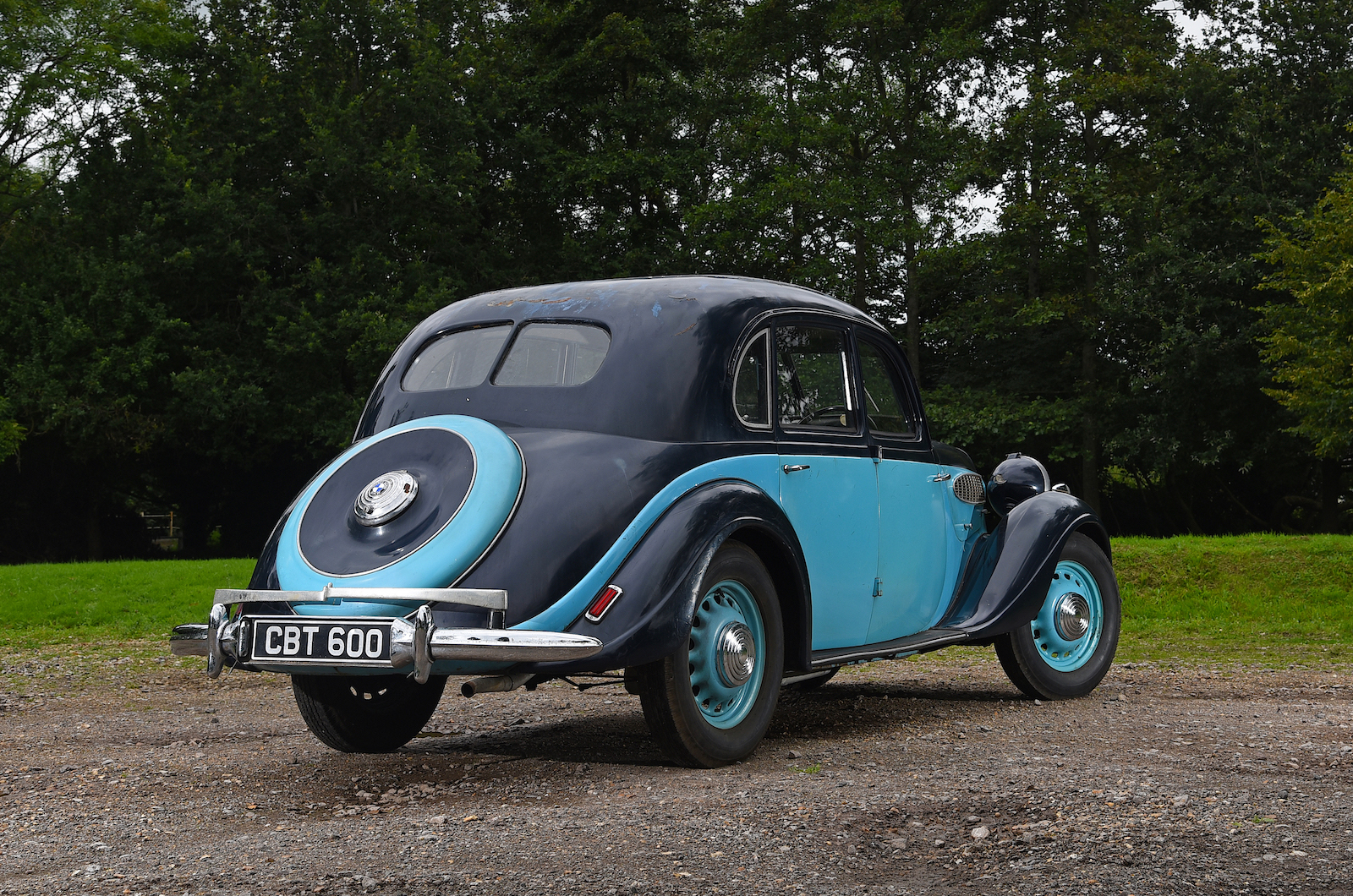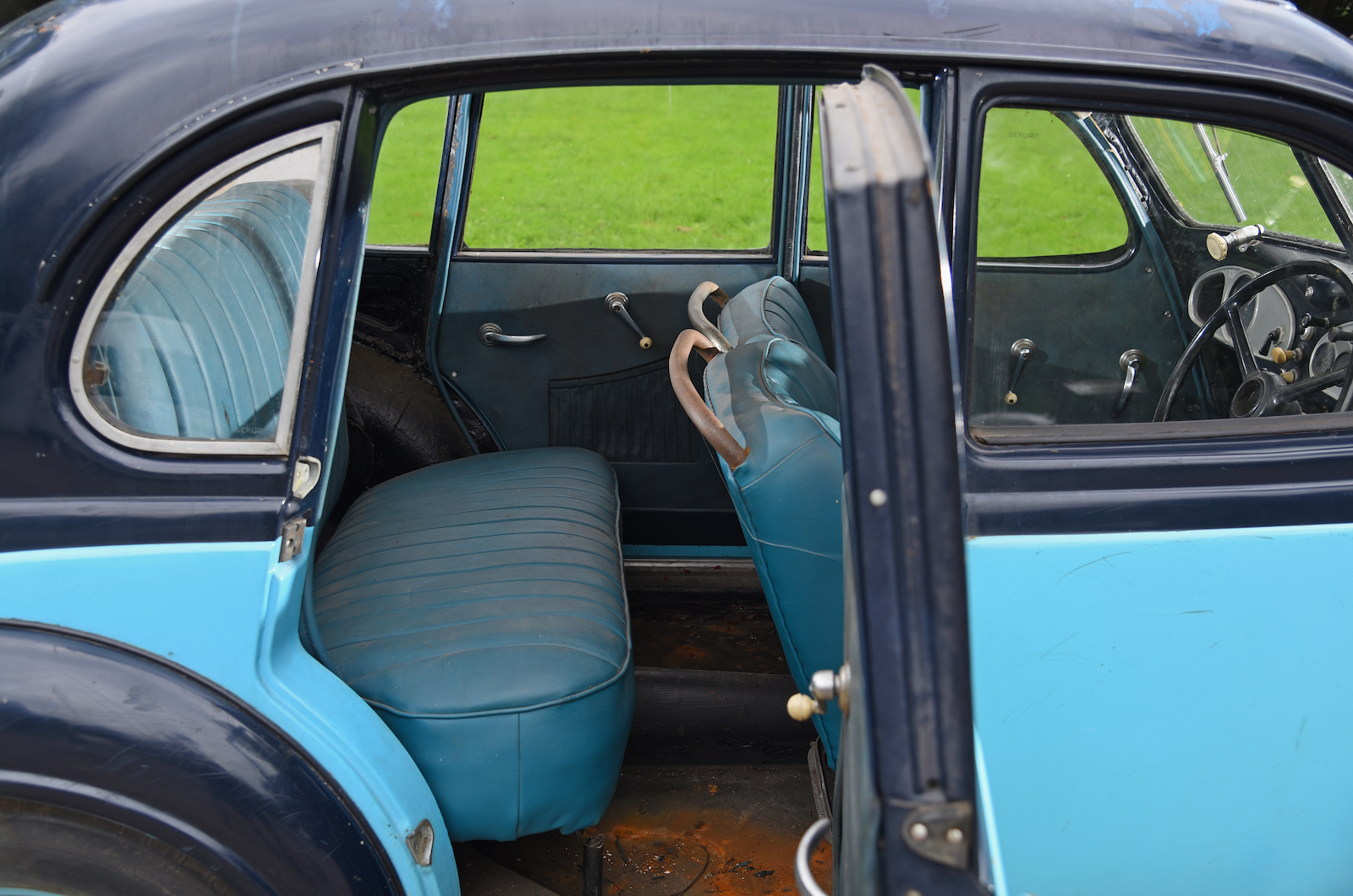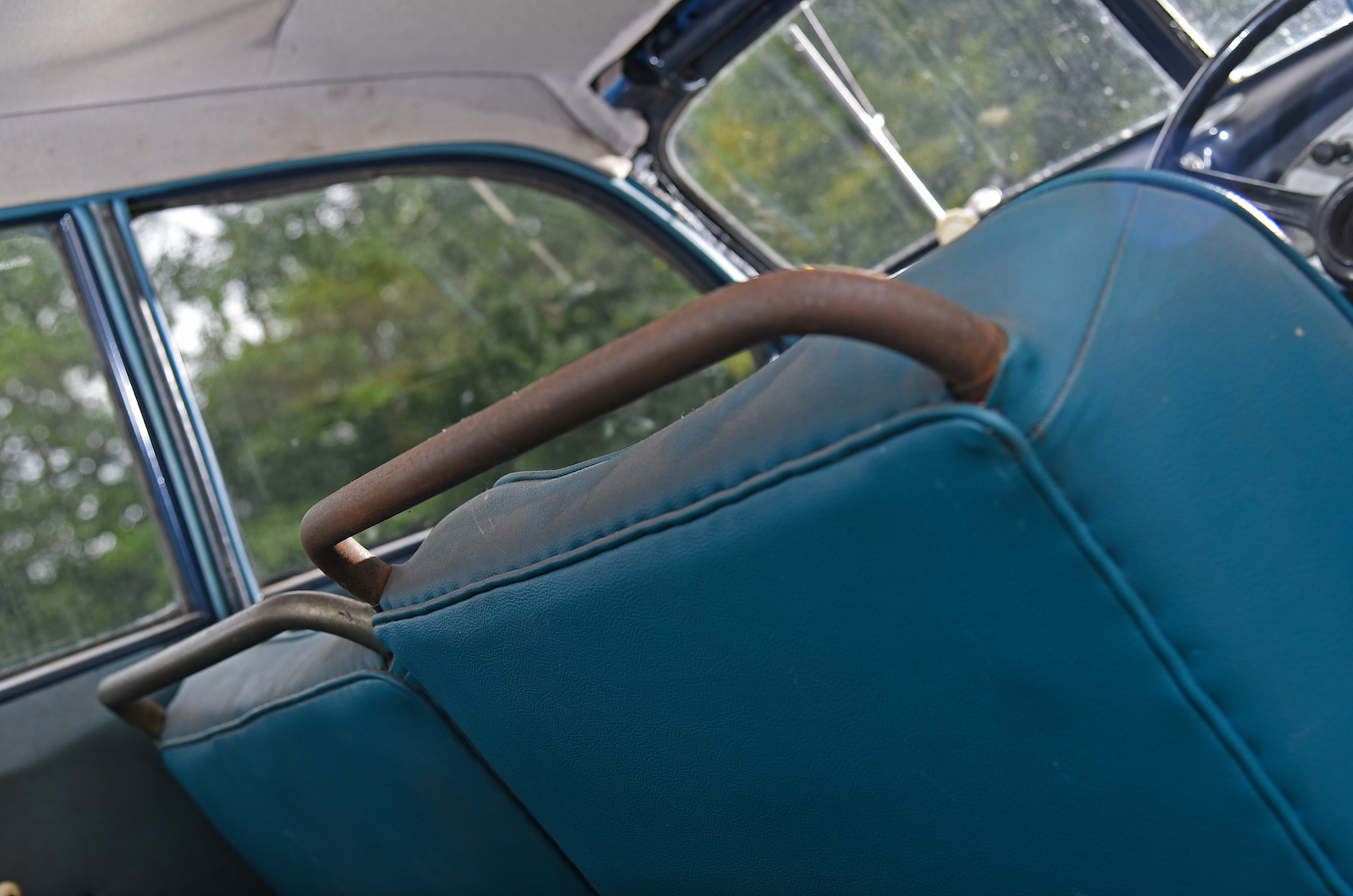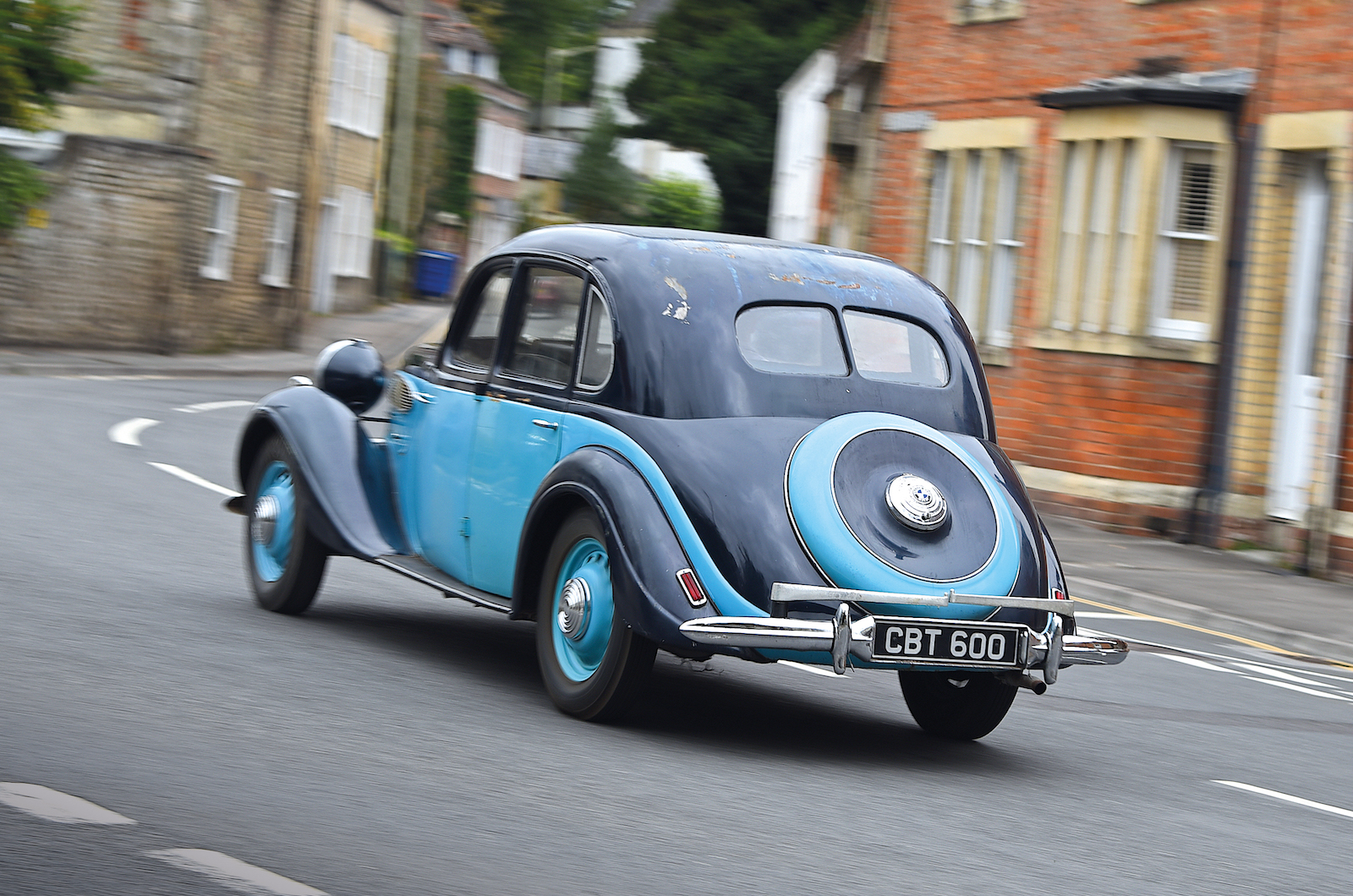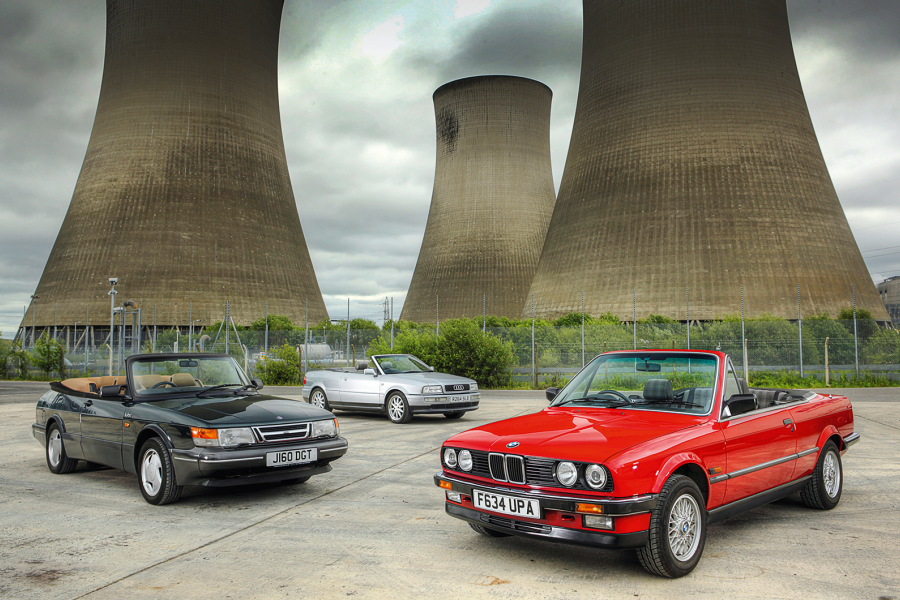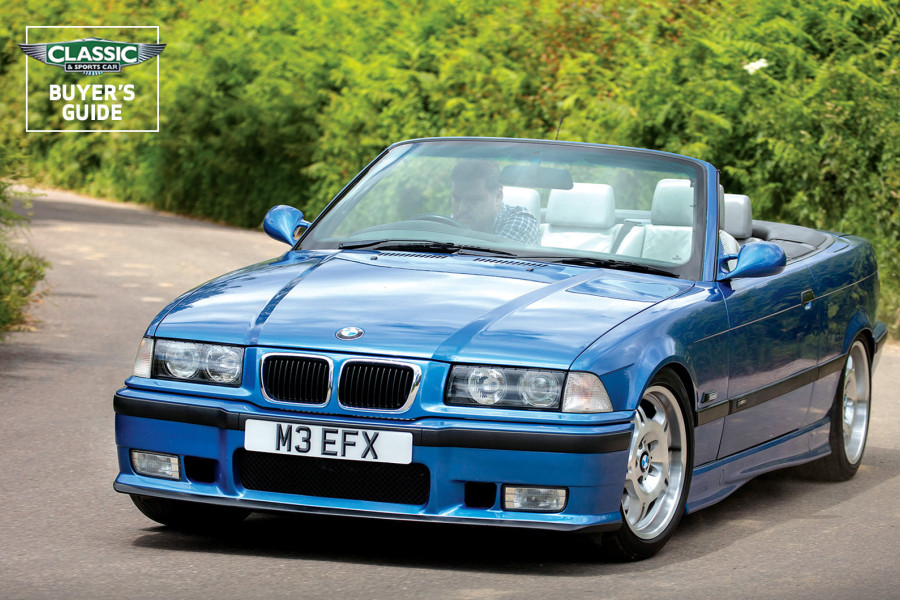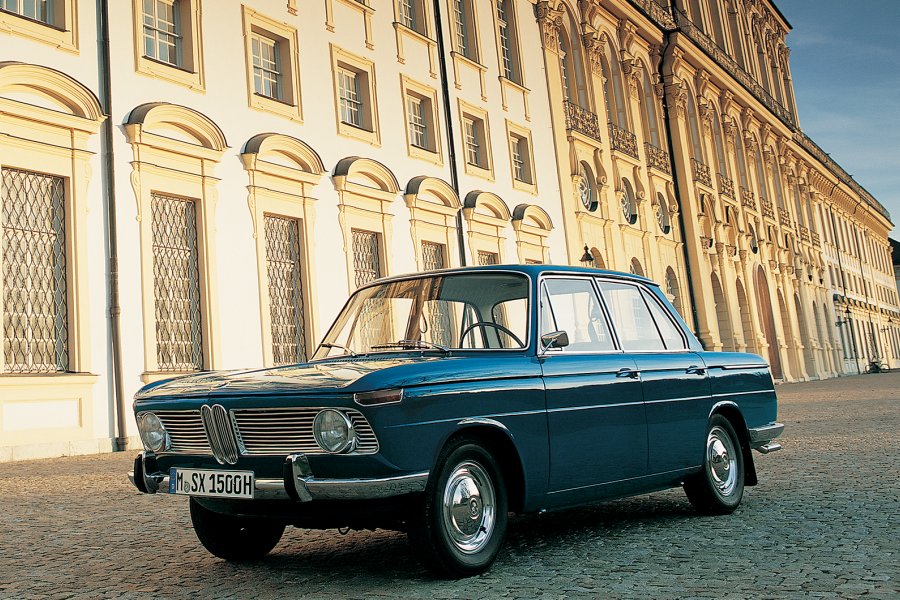Between 1967 and ’70 it went through three more changes of ownership in the city, acquiring a set of Lucas P100 headlights along the way – hence its wide-eyed front-end look – and its current two-tone blue paintjob.
Clifford Tuttle, who comes up as the fourth owner in the buff logbook from the early 1970s, sold the 326 to Brislington-based garage owner Ted Chick in the early 1990s.
Chick, who passed away in 2020, had already restored a Bristol 400, but it had been this very 326 that first captured his interest in these locally built cars, having driven it as an apprentice in the early ’60s at the garage in Westbury where it served as the works runabout.
Apart from having the engine rebuilt, and driving it around the block a couple of times, he didn’t do much with the car other than keep it safe, dry and mostly hidden away: few people even knew he owned it.
Careful preservation has allowed CBT 600 to defy its age at every step of its journey
Chick was frustrated that he could never get to the bottom of its missing 1950s history, about which Crook remained characteristically tight-lipped. Now the family is selling CBT 600 through SLJ Hackett, epicentre of all things Bristol-related.
For an unrestored 80-year-old vehicle it has survived remarkably well.
Having persuaded a slightly dubious-looking Richard Hackett to let us get the 326 mobile for pictures, we found that it started readily, stopped (sort of) and accelerated through its gears surprisingly briskly.
Though beetle-browed and narrow inside, it generally feels more like a car from the ’50s than one from the ’30s, which is probably why it stayed taxed and on the road so long post-war.
CBT 600 cruises away to an uncertain future
Who knows what the future might hold for an up-and-together ‘barn-find’ such as this.
I can see how, having recommissioned the engine and brakes, you might choose to repaint it, then do something about the rather, erm, ‘vibrant’ 1970s vinyl re-trim.
On the other hand, you could always drive CBT 600 aesthetically ‘as is’ in tribute to its history as a survivor car that made it through the war and dodged the prodding screwdrivers of one too many post-war MoT men, before finding sanctuary in a succession of Bristol lock-up garages.
Images: Will Williams
Thanks to: SLJ Hackett
Factfile
Frazer Nash-BMW 326
- Sold/number built 1937-‘40/c60
- Construction steel chassis and body
- Engine iron-block, alloy-head, cross-pushrod ohv 1971cc ‘six’, triple SUs (85A)
- Max power 50bhp @ 3750rpm (80bhp with Bristol power)
- Max torque n/a
- Transmission four-speed manual, RWD
- Suspension: front independent, by wishbones, transverse leaf spring rear live axle, torsion bars; telescopic dampers f/r
- Steering rack and pinion
- Brakes drums
- Length 15ft 1in (4597mm)
- Width 5ft 3in (1600mm)
- Height 5ft 6in (1676mm)
- Wheelbase 9ft 6in (2896mm)
- Weight 2480lb (1125kg)
- 0-60mph 29 secs
- Top speed 78mph
- Mpg 25
- Price new £475
- Price now £50,000*
*Price correct at date of original publication
READ MORE
50 years of BMW's M Division
Simplicity is elegance: Hispano-Suiza J12 by Vanvooren
Seductive saloon: Lancia Aurelia B12
Martin Buckley
Senior Contributor, Classic & Sports Car
